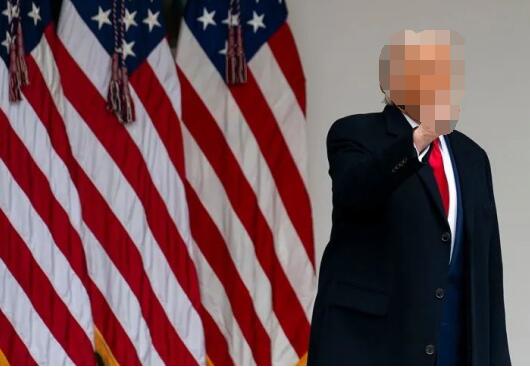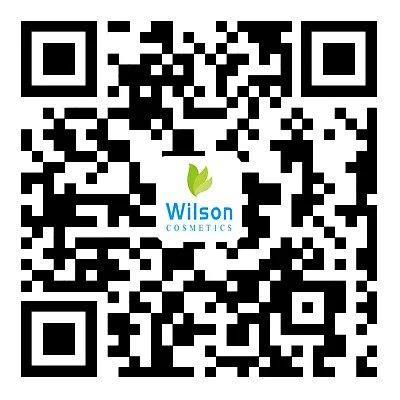- English
- Afrikaans
- שפה עברית
- icelandic
- беларускі
- Hrvatski
- Монгол хэл
- Somali
- Тоҷикӣ
- O'zbek
- Հայերեն
- Español
- Português
- русский
- Français
- 日本語
- Deutsch
- tiếng Việt
- Italiano
- Nederlands
- ภาษาไทย
- Polski
- 한국어
- Svenska
- magyar
- Malay
- বাংলা ভাষার
- Dansk
- Suomi
- हिन्दी
- Pilipino
- Türkçe
- العربية
- Indonesia
- Norsk
- تمل
- český
- ελληνικά
- український
- فارسی
- नेपाली
- Burmese
- български
- ລາວ
- Latine
- Azərbaycan
- Slovenský jazyk
- Română
- Slovenski
- Srpski језик
104% high tariffs: How to break through the deadlock for Chinese beauty exports
2025-04-10
In 2025, the U.S. government will impose "reciprocal" tariffs on global trading partners. Among them, the "reciprocal" tariff rate to China has reached 34%. At the same time, trade protection measures such as the tax exemption policy for small parcels below $800 will be abolished. In addition, in February, the United States has already imposed tariffs on China twice, a total of 104%, and the country with the highest tax rate is the first.

Trump's tariff policy has triggered a global industrial chain shock. Dozens of countries, including Canada and the European Union, have said they will take reciprocal retaliatory measures, significantly escalating the risk of a global trade war. China announced countermeasures within 36 hours, including a 34% tariff on all US imports. At present, the current situation of China's beauty cosmetics and toiletries industry is: On the one hand, the core raw materials and technology still rely on imports; On the other hand, it is expected to realize internationalization and globalization through export (going to sea).
Wilson noted that under the impact of tariffs, China's cosmetics industry is in a dual dilemma of import and export (going to sea), and companies will face multiple challenges such as rising costs, compliance pressures, and market shifts. Under the high pressure of 104% tariff, how China's beauty makeup will break the sea becomes the key.




